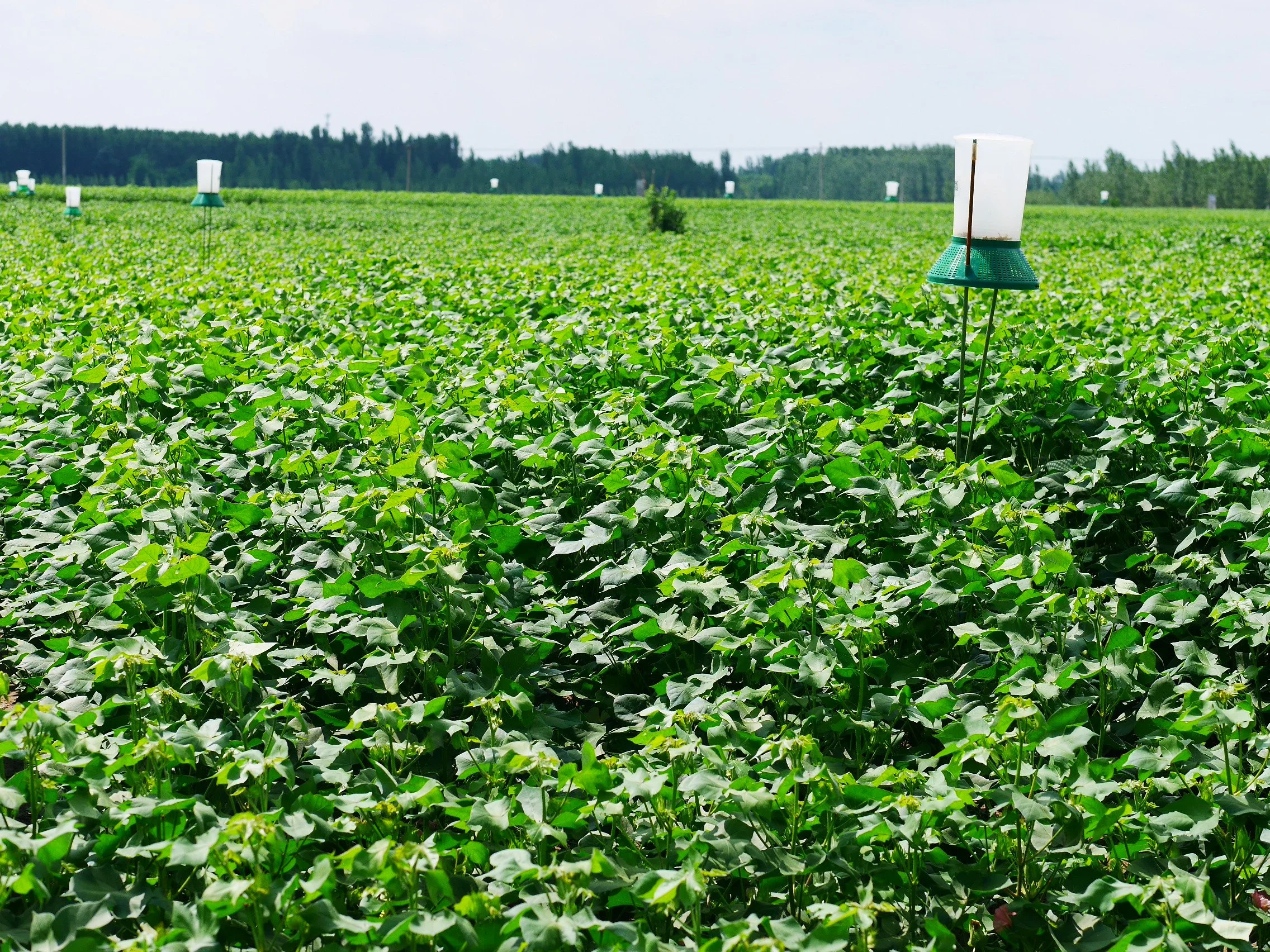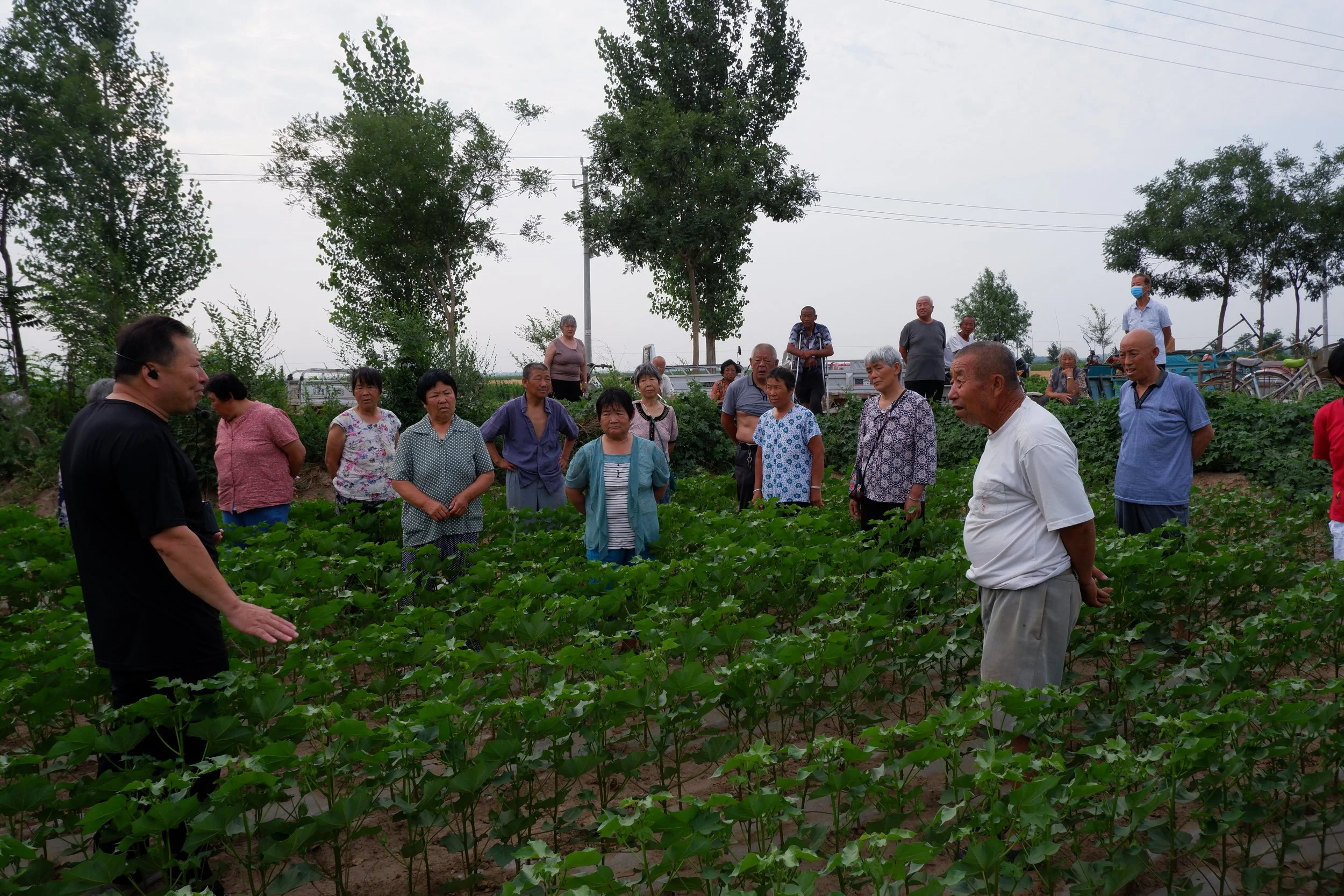Promoting Biodiversity Conservation and Building Cotton’s Ecological Community
For many years, the apparel industry has been fighting the effects of climate change, but little has been said about the industry's impact on biodiversity. Climate change and biodiversity loss are inextricably linked and mutually reinforcing, with one accelerating the other.
According to a McKinsey Report in 2020, each part of the apparel value chain affects biodiversity. Raw material production, material preparation and processing, and end of life are three stages in the value chain that has the most impact on biodiversity. The report communicates the need for action and as highlighted later, we are already working to address these issues.
Cotton is the most used non-synthetic fibre in the world and its cultivation accounts for 22.5% of the world’s insecticide use (more than any other single crop) and 10% of all pesticide use. The extensive use of pesticides often results in complete silence in the farms, that is, no pests or insects, which sounds like good news, but it’s not. The pesticides also kill many friendly insects, which are good for the crops, as well as depleting soil quality.
Our research into the ESG goals of 12 apparel brands and three leading food manufacturers identified the three top focus areas – sourcing raw materials, climate action and emissions reductions, and circularity.
In China, the dominant cotton farming practices could have a negative impact on biodiversity. The use of fresh water for irrigation for cotton production has a significant impact on resources, both surface and underground. Land preparation practice has a direct adverse impact on biodiversities, such as depriving the land of vegetation, disrupting natural habitats and reducing or eliminating breeding, foraging or migratory routes of many species. Chemical fertilisers and pesticides are used extensively, contaminating soil, water, food crops, human health, and the environment. To bring the situation under control, the industry must consider how to reduce the environmental footprints of global cotton production.
To maintain a balance and preserve the biodiversity of their farms, we train our programme farmers to address their over-dependence on chemical fertilisers and pesticides. Modules on biodiversity enhancement and preservation are included in all our programmes. We encourage them to implement agricultural practices that improve habitat and biodiversity while also benefiting agricultural production through nutrient cycling, erosion control, pollinator services, and water infiltration. Minimum tillage and cover crops promote diverse soil microbiomes, which improves nutrient cycling.
In our programmes, farmers volunteer to use a portion of their farms as demonstration plots. These farmers are assisted by agronomists in biodiversity-friendly practices such as composting, intercropping, cultivating cover crops, and use of Integrated Pest Management practices such as sticky traps and pheromone traps. When other farmers hear and witness first-hand the impact of adopting these practices through demonstration plots, it becomes easier for them to adopt these in their fields.
Adopting low-carbon agriculture through reducing carbon emissions of the existing agricultural model, increasing carbon sink and utilising climate change technologies are some of the other climate mitigation initiatives we are exploring.
The apparel sector is closely intertwined with the agricultural, livestock, and chemical industries; all face similar challenges in addressing their biodiversity footprints. Pushing for closer cross-industry collaboration through working groups and roundtables will be mutually beneficial to all participants.
The article above is a compilation of insights from Wenxiang Liu’s (Country Head, CottonConnect China) session at the “2nd China ESG and Sustainability Summit 2022” in Shanghai, Nov 17-18.
































